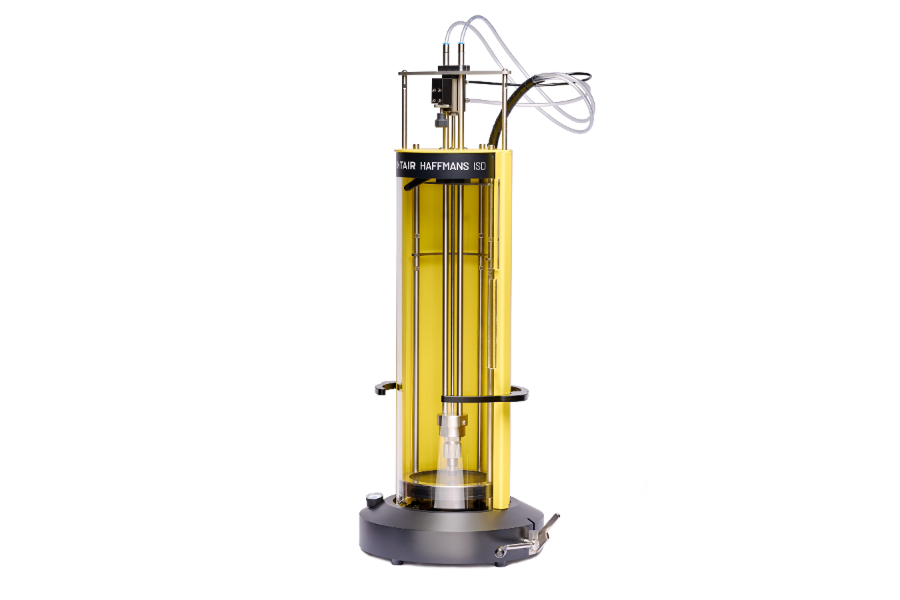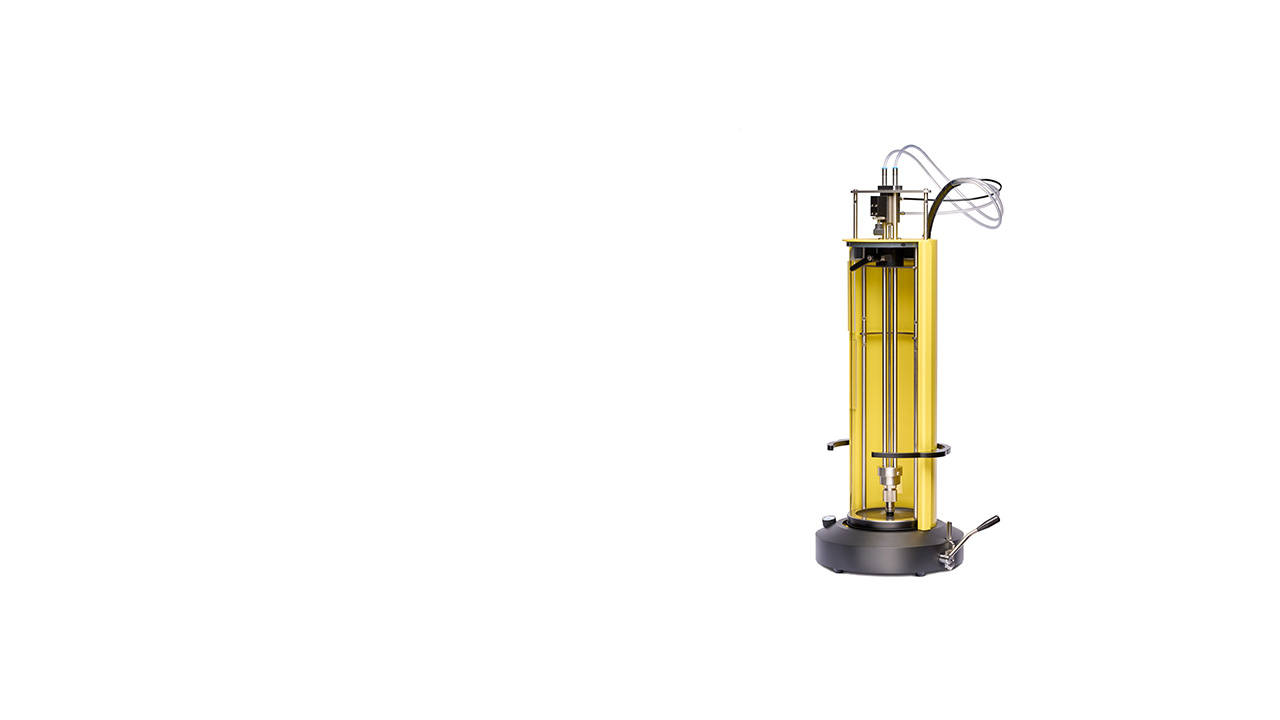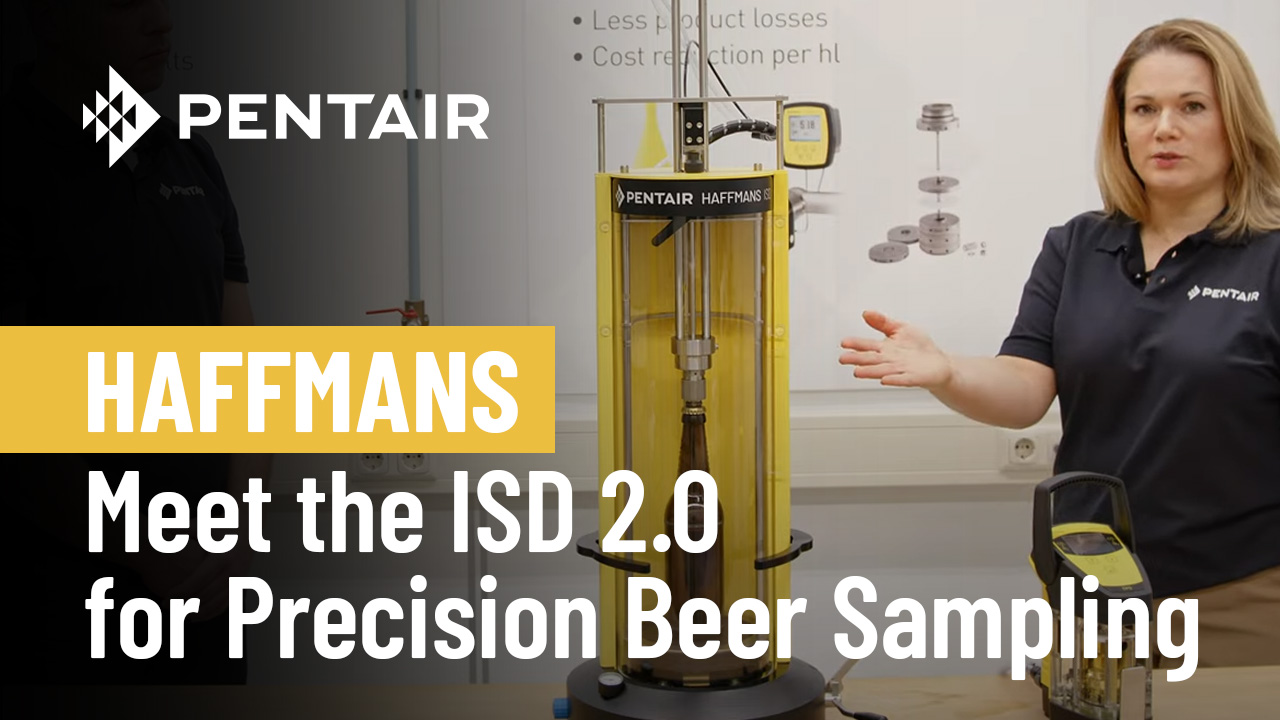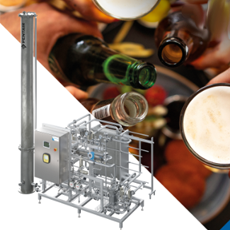Product Sampling Made Easy
Simplify your sampling process with the Haffmans ISD 2.0. This secure device takes samples from a variety of beverage package types and sizes.
Straightforward beverage sampling
Taking a sample from a beverage should be a straightforward task, but process bottlenecks can add up, consuming your time and delaying your sampling progress. Having the right device at hand makes all the difference.
Haffmans ISD 2.0 is a beverage sampling device designed with safety and reliability in mind.
- Protect the device operator and the surrounding area with the new safety door integrated into the ISD 2.0.
- Simplify your sampling process with the ISD 2.0 mechanically sequenced operation.
CUSTOMER BENEFITS
- Protection with the new safety door should a package break when pierced and pressurized.
- Low operational costs due to robust design.
- Ease of operation as device sits stably on the lab tabletop.
- Proven Pentair technology embedded into the device.
- Diminish the possibility of user error occurring with a mechanically sequenced process.
- Broaden your scope of beverage measurements across a variety of control parameters.
- Accessories for different package types are in the standard scope of supply.
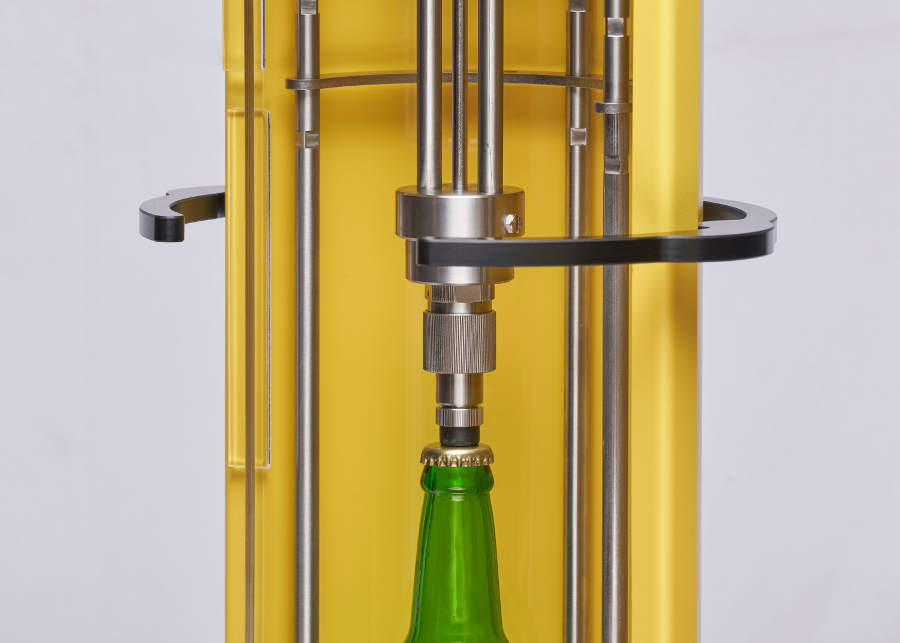
-
3D MODEL ISD 2.0
-
-
SECURE DESIGN IN MIND
-
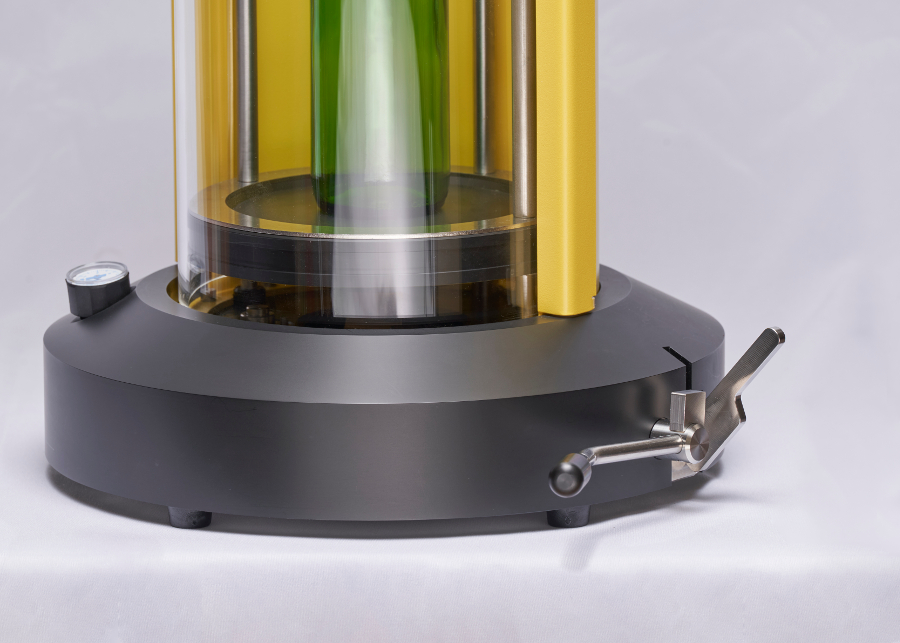
The safety door cannot be opened once the device is in operation (when operated in accordance with the product operation manual).
The safety door protects the device operator and the surrounding area should the beverage package break while being pierced and pressurized.
Keep it simple
Simplify your sampling process with a mechanically sequenced operation.
- The ISD 2.0 will not allow the operator to pierce the bottle if the device's safety door is left open.
- Nor can the operator accidentally remove the beverage package while the piercing head is still inside the package.
- The piercing head is mechanical, with no compressed air used, providing greater control over where the piercing head is placed and how it pierces.
-
FUNCTIONAL DESCRIPTION
-
When the beverage package is pierced, the built-in valve is allowed to open, allowing carbon dioxide (CO2) or nitrogen (N2) from an external gas supply to enter the beverage package’s headspace. The beverage is then forced out of the package and into the sampling line of the quality control instrument. From here, the sample can be directed to the chosen quality control instrument for further analysis.

-
FIELDS OF APPLICATION
-

Take samples from a variety of beverage package sizes and types (glass, PET bottles, and cans), allowing you to sample a wide range of products. These samples can be further used to measure different control parameters such as foam stability, CO2, O2 and TPO content.
The ISD 2.0 is not intended to be a stand-alone product. It can be combined with:
- Haffmans Inpack 2000 Flasher Head, type IFH.
- Haffmans CO2/O2 Gehaltemeter, type c-DGM/i-DGM/o-DGM.
- Non-Pentair Haffmans quality control equipment.
Take a look at the device
Victoria and Frank from the Haffmans Product Management Team in Venlo, Netherlands, provide you with a quick introduction to the Haffmans ISD 2.0.
Downloads
| Title | Download PDF | |
| Product Leaflet | Haffmans Inpack Sampling Device 2.0 - ISD | Download |
| Product Overview Brochure | Pentair Haffmans Quality Control Equipment | Download |
| Technical Documentation | Request Product-Specific Technical Documentation | Send Us Your Request |
Related products
Nibem
- Main
-

Foam Stability Tester - Haffmans Nibem - TPH
A lab device that measures the foam collapse time, foam temperature, and the atmospheric pressure and humidity.
SBF
- Main
-

Sampling Device - Haffmans - SBF
For beer and beverage sampling directly from tanks, piping, or kegs — without air intake.
c-dgm
- Main
-
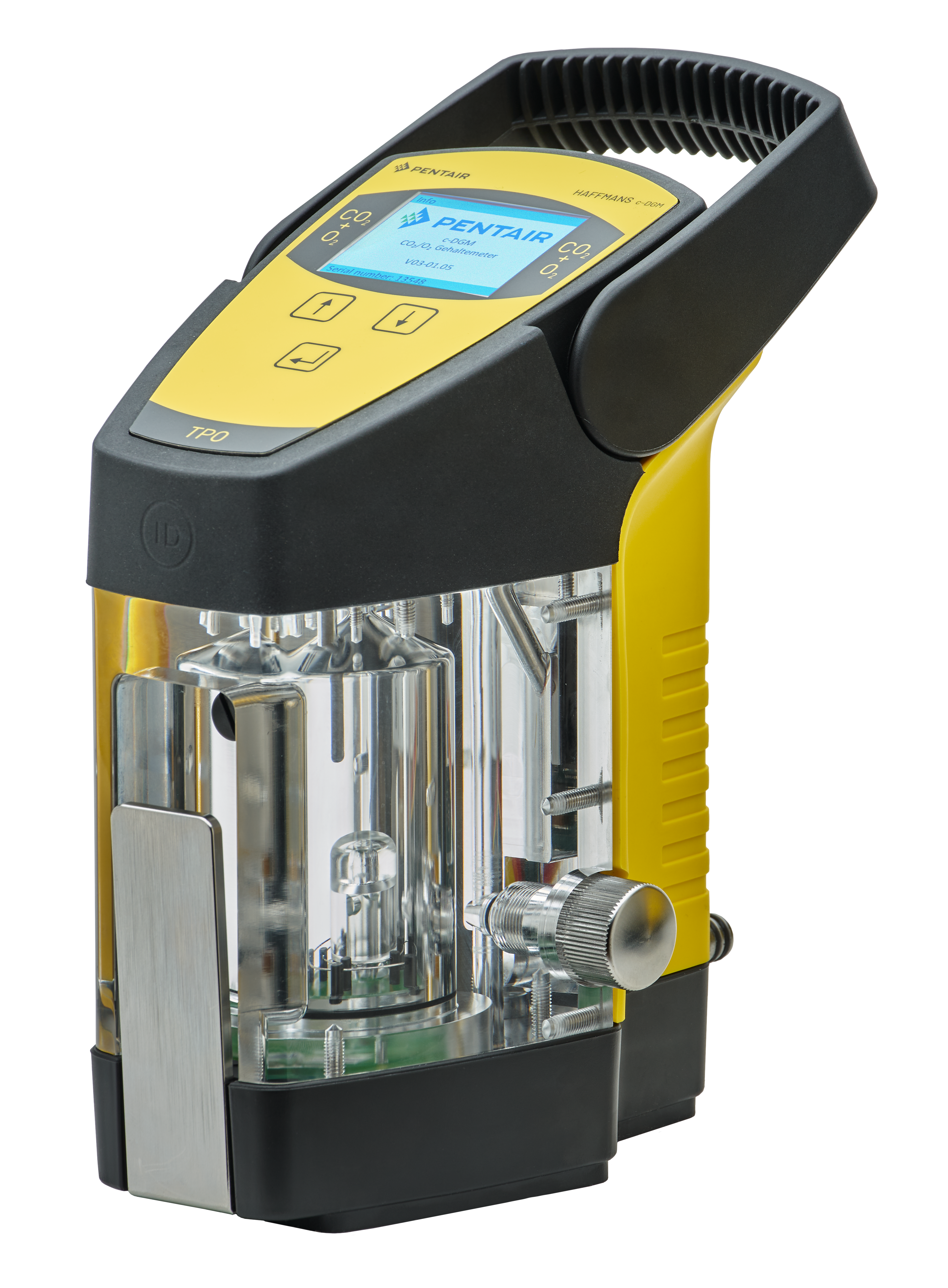
CO2/O2 Gehaltemeter - Haffmans c-DGM
An at-line quality control device used to measure the dissolved CO2 content and dissolved O2 content in liquid, O2 in gases (CO2 purity), and the TPO in a beverage package.
